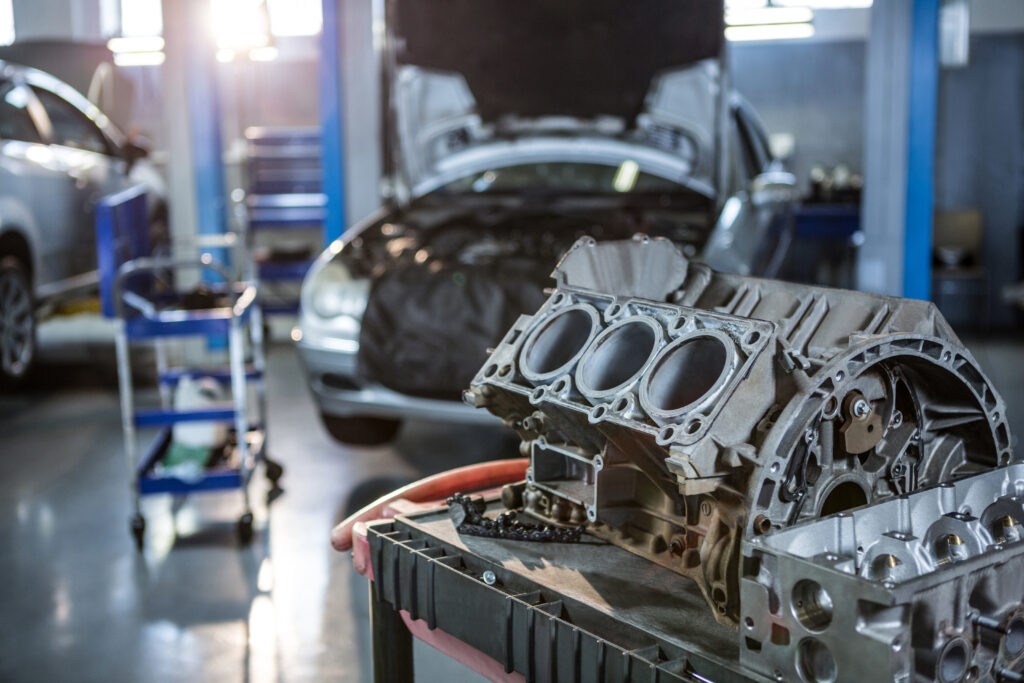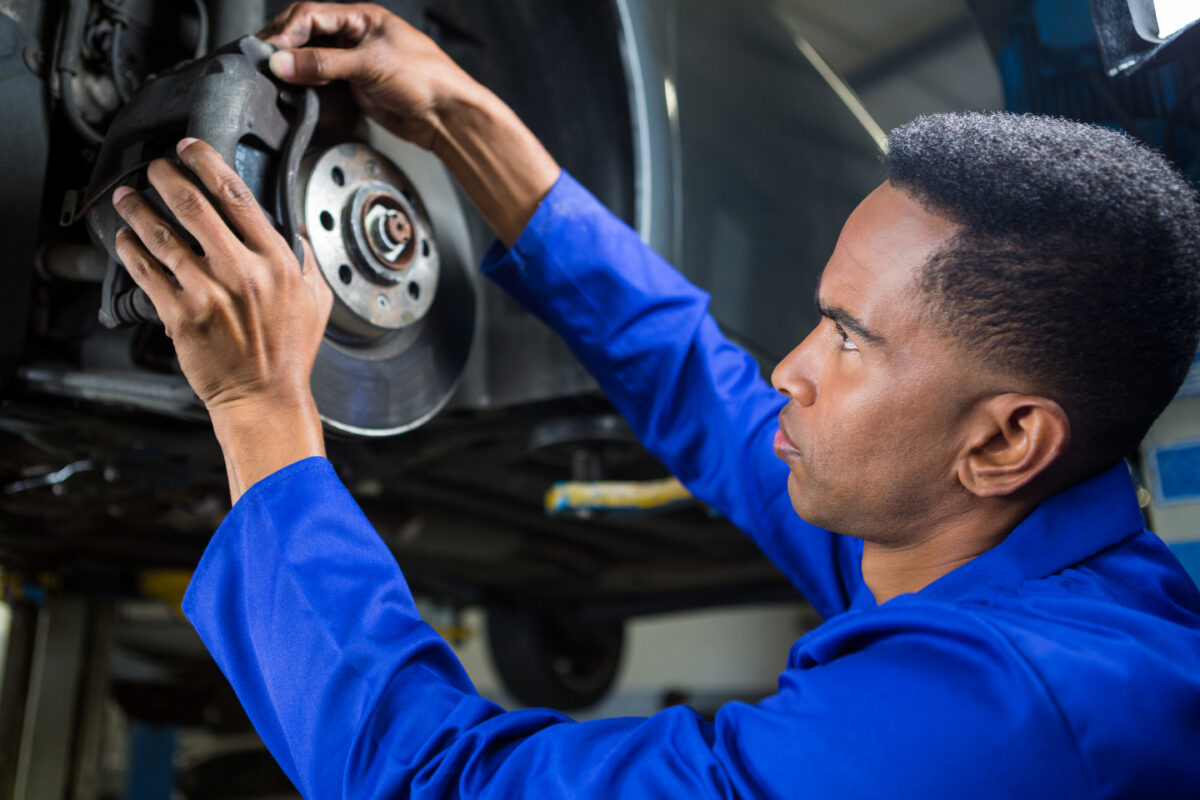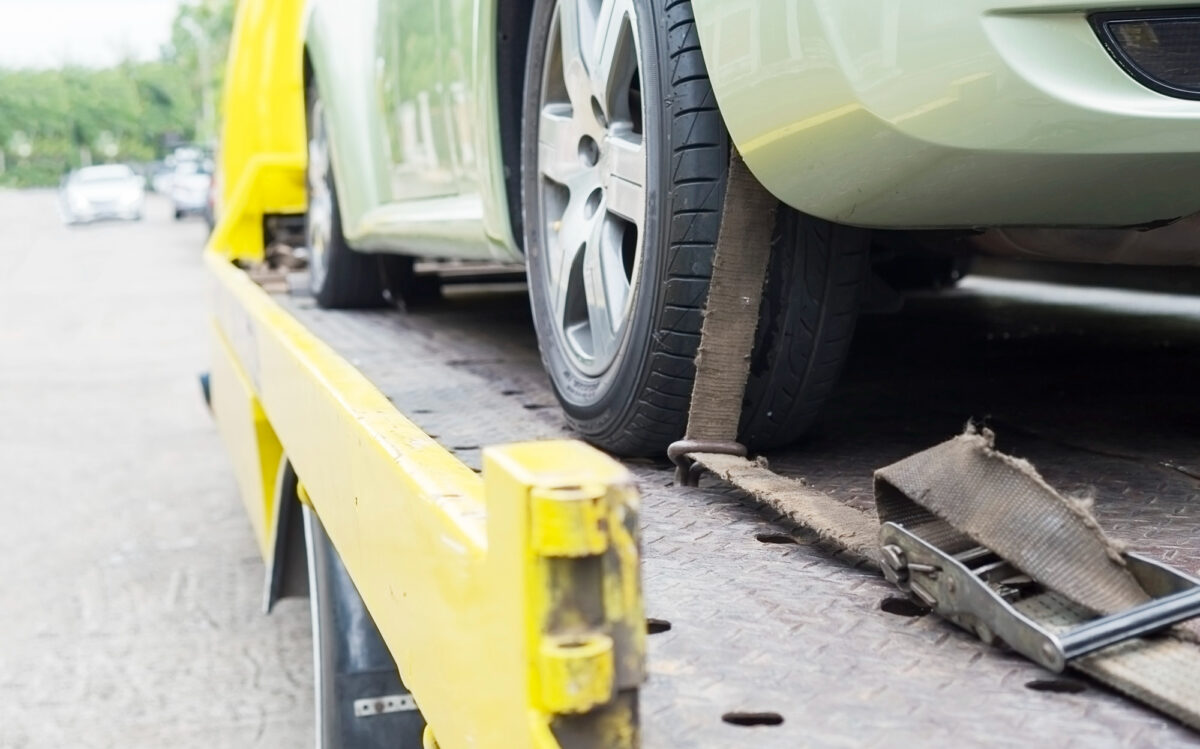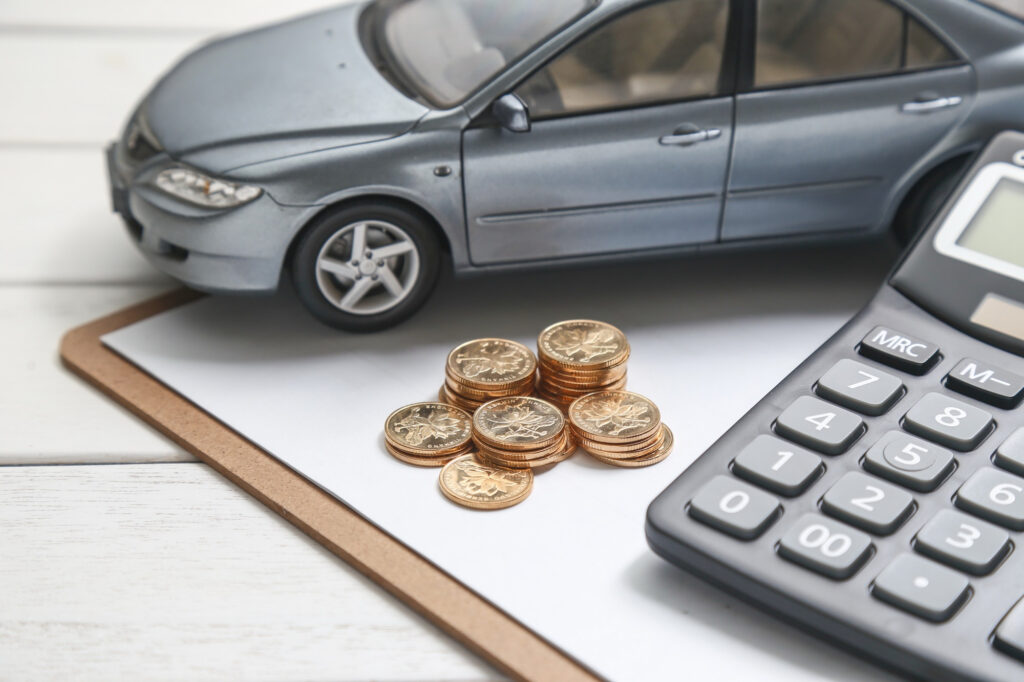Service Plan vs Maintenance Plan: What Is The Difference?
The difference between a service and maintenance plan can be stressful and easily misunderstood but in this article we clarify the differences and take the confusion out of the two.
What Is a Car Maintenance Plan?
A car maintenance plan is more comprehensive than a service plan. It covers both the labour and expenses of parts while also providing cover for wear and tear replacement items such as fuses, wiper blades, and brake pads. A vehicle maintenance plan also covers mechanical components such as the gearbox, engine, and exhaust system. Windscreens, alignment, and tyres are not covered in maintenance plans.
What Are The Benefits Of A Maintenance Plan?
- Fixed and affordable monthly premiums for regularly scheduled vehicle maintenance.
- Specified item wear and tear cover.
- Qualified technicians and professional service.
- Remain unaffected by the ripple effect of inflation on labour and parts cost increases.
A maintenance plan differs from a service plan in that it provides cover for the more important and costly replacement parts of the vehicle. A service plan, on the other hand, is somewhat different.

What Is A Vehicle Service Plan?
A service plan covers the cost of regular services on your car as specified by the vehicle manufacturer. In essence, a service plan pays for the servicing of your car – either on an annual basis or according to the vehicle manufacturer’s mileage requirements. Service plan lengths are generally stipulated by the manufacturer and the cost of the plan is affected by the make and model of the vehicle, with luxury and sports vehicle owners paying more for service plans. Replaceable items on your car that are predetermined by the manufacturer to keep your car running perfectly such as oil, air filters, and spark plugs form part of the service plan. Other items included in the service plan are cam belts, brake fluid, and coolant. Labour is also covered in a service plan.
While many perceive a service plan to be comprehensive, the reality is that a service plan is not enough to safeguard you against the financial strain that comes with owning and maintaining a vehicle. For example, here is a list of general service plan exclusions.

What Does A Service Plan Not Cover?
- Accessories, electrical wiring items, wheels, wheel alignment, tyres, and all glass such as windshields and car windows.
- Paint and bodywork brought on by standard wear and tear.
- Maintenance and repair work caused by abuse and misuse of the vehicle, damage caused by an accident, and damage caused by negligence.
These are only a few exclusions and service plans should be read through carefully for a thorough understanding of how the plan works, what it covers, and what the general exclusions are.
What Are The Benefits Of A Service Plan?
- A service plan assists vehicle owners to ensure that the future services of their car are taken care of in advance and helps avoid budget interruptions that may take months to recover from. Service plans also help drivers avoid car breakdowns and additional towing fees.
- Every driver will attest to the driving pleasure of an efficiently running car. A fully serviced vehicle is a pleasure to drive and costs less to maintain in the long run.
- A well-looked-after vehicle that is regularly serviced can be sold at a higher value because the vehicle is in good condition and has an up-to-date service history.
- Parts on your car will be replaced with components specific to the make, model, and chassis number of the car.
- The final and most important benefit is that a service plan will not only provide you with peace of mind but with great driving experiences and many unforgettable road trip memories.

What Are The Disadvantages Of A Service Plan?
- A service plan provides cover for serviceable parts only.
- A service plan could limit your services to approved centres only.
- A service plan does not provide cover for the wear and tear of parts.
Service plans are a good addition to comprehensive car insurance as it allows for a broader range of financial cover for your vehicle. With the basics of service and maintenance plans for vehicles covered, here are a few more terms as well as their explanations that will serve you, the driver well and possibly save you some money by providing you with the necessary information to make the best motor plan decision.





